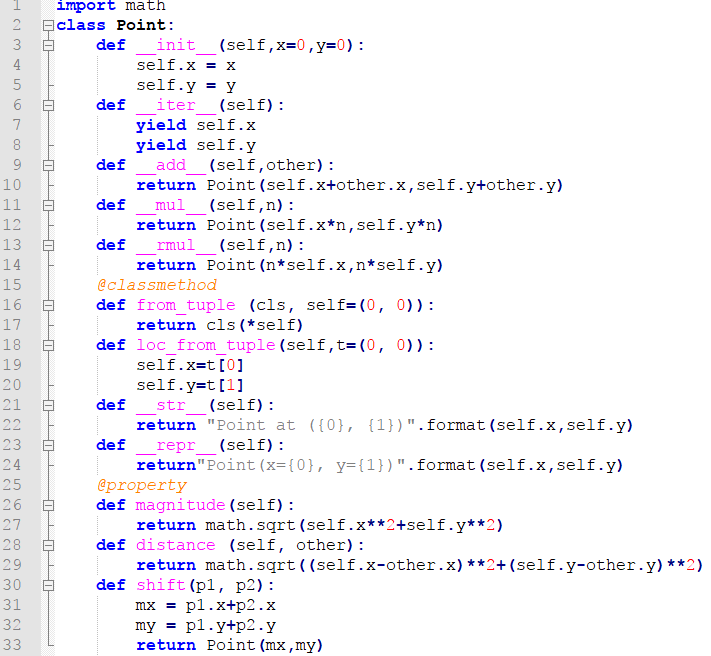
In the case of Fedora or Red Hat Enterprise Linux, it is the RPM database. The usual way to look at that metadata is through your package manager.
IUNIT TESTING PYTHON SOFTWARE

The tearDown method calls the empty_tank method on self.fish_tank: this ensures that the fish_tank.txt file is removed after each test method runs. The setUp method creates an AdvancedFishTank instance and assigns it to self.fish_tank. The TestAdvancedFishTank TestCase subclass defines both a setUp and tearDown method. AdvancedFishTank also exposes an empty_tank method that removes the fish_tank.txt file. AdvancedFishTank creates a file named fish_tank.txt and writes the string "shark, tuna" to it. Test_advanced_fish_tank.py defines a class named AdvancedFishTank. empty_tank ( ) def test_fish_tank_writes_file (self ) : with open (self. fish_tank = AdvancedFishTank ( ) def tearDown (self ) :

fish_tank_file_name ) class TestAdvancedFishTank (unittest. write (default_contents ) def empty_tank (self ) : fish_tank_file_name = "fish_tank.txt"ĭefault_contents = "shark, tuna" with open (self. If we run the previous command, we will receive the following output:Ĭlass AdvancedFishTank : def _init_ (self ) : test_fish_tank_can_be_filled verifies that has_water is set to True after calling fill_with_water().įrom the same directory as test_fish_tank.py, we can run: test_fish_tank_empty_by_default verifies that has_water starts off as False. Since setUp is run before every individual test method, a new FishTank instance is instantiated for both test_fish_tank_empty_by_default and test_fish_tank_can_be_filled. The TestCase subclass TestFishTank defines a method named setUp that instantiates a new FishTank instance and assigns that instance to self.fish_tank. FishTank.has_water is initially set to False, but can be set to True by calling FishTank.fill_with_water(). Test_fish_tank.py defines a class named FishTank. has_water ) def test_fish_tank_can_be_filled (self ) : fish_tank = FishTank ( ) def test_fish_tank_empty_by_default (self ) : has_water = True class TestFishTank (unittest. has_water = False def fill_with_water (self ) : When we run this command, we receive output like the following:
IUNIT TESTING PYTHON HOW TO
You can review the How To Define Functions in Python 3 tutorial, which is part of the How To Code in Python 3 series.

An understanding of functions in Python.To get the most out of this tutorial, you’ll need: In this tutorial, you will use Python’s unittest module to write a test for a function. Teams adhering to test-driven development may find unittest useful to ensure all authored code has a corresponding set of tests. Tests written using the unittest module can help you find bugs in your programs, and prevent regressions from occurring as you change your code over time. The Python standard library includes the unittest module to help you write and run tests for your Python code. The author selected the COVID-19 Relief Fund to receive a donation as part of the Write for DOnations program.


 0 kommentar(er)
0 kommentar(er)
